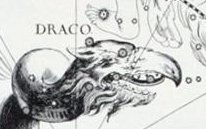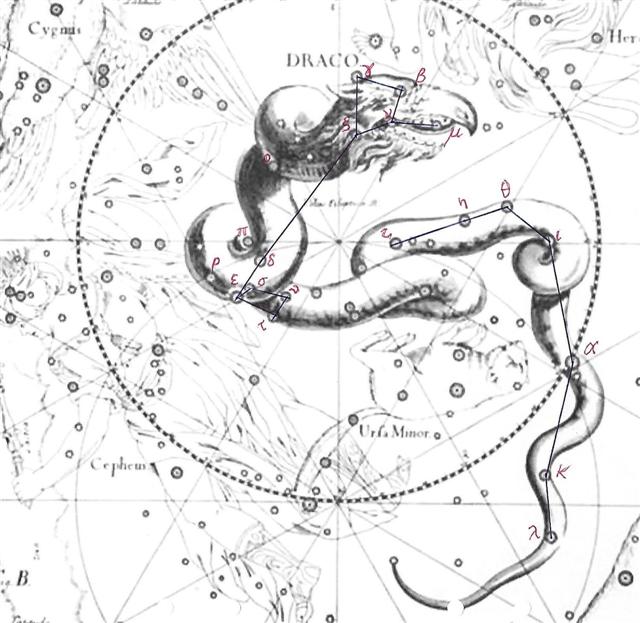|
Hata.
1. Table, bureau. P Pau.: afata, a chest,
box. Mgv.: avata, a box, case, trunk, coffin.
Mq.: fata, hata, a piece of wood with
several branches serving as a rack, space, to
ramify, to branch; fataŠ, hataŠ,
stage, step, shelf. Ta.: fata, scaffold,
altar. 2. Hakahata, to disjoint;
hakahatahata, to loosen, to stretch. P Pau.:
vata, an interval, interstice. Mgv.: kohata,
the space between two boards, to be badly joined;
akakohata, to leave a space between two bodies
badly joined; hakahata, to be large, broad,
wide, spacious, far off. Mq.: hatahata,
fatafata, having chinks, not tightly closed,
disjointed. Ta.: fatafata, open. 3.
Hatahata, calm, loose, prolix, vast. Mgv.:
hatahara, broad, wide, spacious, at one's ease.
Ta.: fatafata, free from care. Mq.:
hatahata, empty, open. 4. Hatahata, tube,
pipe, funnel. Churchill. Sa.: fata, a raised
house in which to store yams, a shelf, a handbarrow,
a bier, a litter, an altar, to carry on a litter;
fatāmanu, a
scaffold. To.: fata,
a loft, a bier, a handbarrow, to carry on a bier;
fataki, a
platform. Fu.: fata,
a barrow, a loft; fatataki,
two sticks or canes attached to each other at each
side of a house post to serve as a shelf. Niuē:
fata, a
cage, a handbarrow, a shelf, a stage, (sometimes)
the upper story of a house. Uvea: fata,
a barrow, a bier. Fotuna: fata,
a stage. Ta.: fata,
an altar, a scaffold, a piece of wood put up to hang
baskets of food on; afata,
a chest, a box, a coop, a raft, a scaffold. Pau.:
fata, a
heap; afata,
a box, a chest. Ma.: whata,
a platform or raised storehouse for food, an altar,
to elevate, to support. Moriori: whata,
a raft. Mq.: fata,
hata,
hataŠ,
shelves. Rapanui: hata,
a table. Ha.: haka,
a ladder, an artificial henroost; alahaka,
a ladder. Mg.: ata,
a shelf; atamoa,
a ladder; atarau,
an altar. Mgv.: avata,
a coffer, a box. Vi.: vata,
a loft, a shelf; tāvata,
a bier. The Samoan fata
is a pair of light timbers pointed at the ends and
tied across the center posts of the house, one in
front, the other behind the line of posts; rolls of
mats and bales of sennit may be laid across these
timbers; baskets or reserved victuals may be hung on
the ends. The litter and the barrow are two light
poles with small slats lashed across at intervals.
The Marquesan fata
is a stout stem of a sapling with the stumps of
several branches, a hat tree in shape, though found
among a barehead folk. These illustrations are
sufficient to show what is the common element in all
these fata
identifications, light cross-pieces spaced at
intervals. With this for a primal signifaction it is
easy to see how a ladder, a raft, a henroost, an
altar come under the same stem for designation.
Perhaps Samoan fatafata
the breast obtains the name by reason of the ribs;
it would be convincing were it not that the
plumpness of most Samoans leaves the ribs a matter
of anatomical inference. Churchill 2. ...
Teke said to Oti, 'Go and take the
hauhau tree, the paper mulberry tree, rushes,
tavari plants, uku koko grass, riku
ferns, ngaoho plants, the toromiro
tree, hiki kioe plants (Cyperus vegetus),
the sandalwood tree, harahara plants, pua
nakonako plants, nehenehe ferns, hua
taru grass, poporo plants, bottle gourds
(ipu ngutu), kohe plants, kavakava
atua ferns, fragrant tuere heu grass,
tureme grass (Diochelachne sciurea),
matie grass, and the two kinds of cockroaches
makere and hata.'
... The division into quarters of a 28-series
can be applied to the main phases of the moon during
the visible period as was as to a (reflex of the old
world?) sidereal month.
The separate subgroup (29 makere - 30
hata) consists of the names of two types of
cockroaches, but in related eastern Polynesian
languages these names can also be explained on a
different level. MAO. makere, among others,
'to die', and whata, among others, 'to be
laid to rest on a platform', deserve special
attention. The
theme hinted at is one of death and burial. In our
scheme they occur at just that time when the moon
'has died'! This lends further support to the lunar
thesis. Barthel 2.
 |









